The African leopard is a powerful big cat found across sub-Saharan Africa. It is known for being a great hunter, an expert climber, and for living in many different types of habitats.
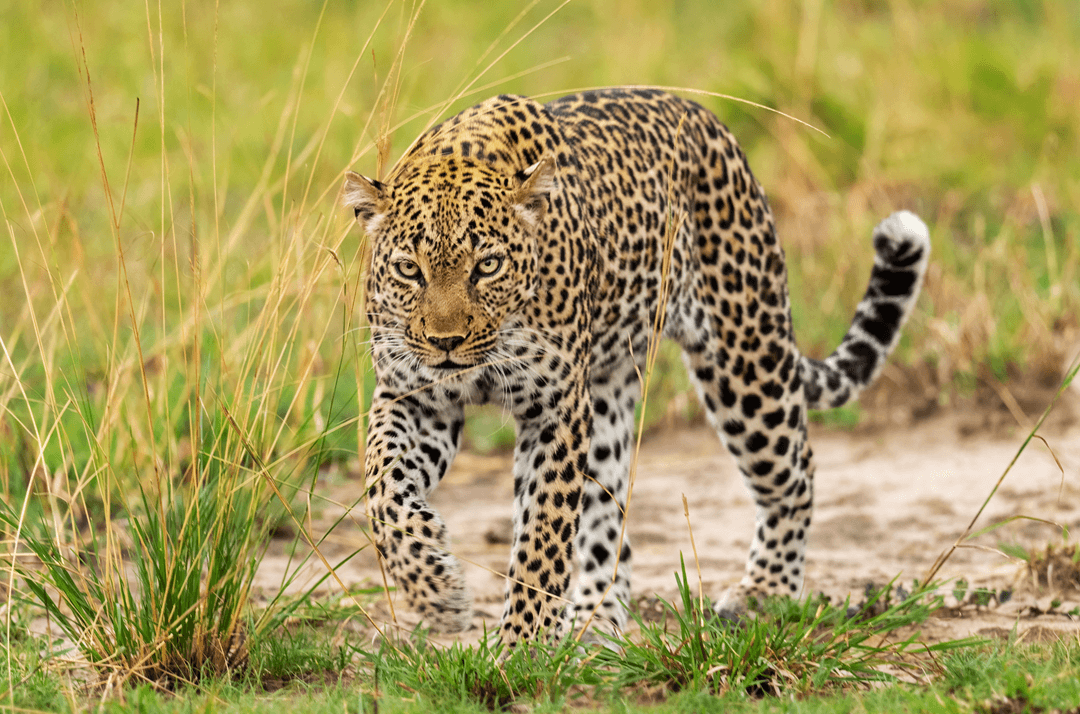
CLASSIFICATION
| Domain | Eukaryota |
| Kingdom | Animalia |
| Phylum | Chordata |
| Class | Mammalia |
| Order | Carnivora |
| Suborder | Feliformia |
| Family | Felidae |
| Subfamily | Pantherinae |
| Genus | Panthera |
| Species | P. pardus |
| Subspecies | P. p. pardus |
Quick Facts About the African Leopard
- Weight: Males 130–200 lbs; Females 70–130 lbs
- Lifespan: 12–17 years in the wild
- Habitat: Forests, grasslands, mountains, dry areas
- Food: Meat from many kinds of animals
- Behavior: Lives alone, mostly active at night
- Status: Vulnerable (IUCN)
- Special skill: Can climb trees and hide very well
Physical Characteristics
African leopards (Panthera pardus pardus) are big and strong cats. Male leopards weigh about 130 to 200 pounds, and females weigh about 70 to 130 pounds. They have long bodies, strong legs, and long tails that help them balance. Their sharp claws can pull in and out, which helps them climb trees and catch animals.
Their fur is yellow with black spots shaped like roses, called rosettes. These spots help them hide in tall grass and trees. Some leopards are all black—these are called black panthers, and they are very rare.
Table: Physical Characteristics
| Characteristic | Description |
|---|---|
| Weight (Males) | 130 to 200 pounds |
| Weight (Females) | 70 to 130 pounds |
| Fur Color | Yellow/golden with black rosettes |
| Special Fur Pattern | Rosettes (rose-shaped black spots) |
| Rare Variation | Melanistic (black panther) |
| Body Type | Long, muscular body |
| Tail | Long tail for balance |
| Legs and Claws | Strong legs with retractable claws |
| Climbing Ability | Excellent climber |
Where African Leopards Live
African leopards live in many parts of sub-Saharan Africa. They can be found in forests, grasslands, mountains, and even dry, desert-like areas. They are great at living in many kinds of places.
Behavior
Leopards like to be alone and are usually active at night. They sleep during the day in trees or hidden places. When they hunt, they sneak up quietly and then jump at their prey. They are great climbers and often carry their food up into trees to keep it safe from other animals like hyenas.
Hunting and Diet
Leopards eat meat. They like to eat animals like antelope, monkeys, birds, and even small animals like rats. If big animals are hard to find, they will eat smaller ones. They can crush bones with their strong jaws and eat almost the whole animal.
Mating and Reproduction
Leopards can have babies any time of year. After being pregnant for about 3 months, the mother gives birth to 1 to 4 cubs. The cubs are born blind and small, so the mother hides them in a safe place. She moves them often so other animals don’t find them.
How Are They Different From Other Leopards?
African leopards live in more places than other types of leopards, like the Amur leopard in Russia or the Sri Lankan leopard. They are usually bigger and stronger.
The African Leopard is a big cat. Read more about big cats around the world.
Conservation
African leopards are in trouble in some areas. Their homes are being destroyed, people are hunting them, and there are fewer animals for them to eat. They are listed as “Vulnerable” by the IUCN, which means they could become endangered. People are trying to help by protecting their homes, stopping illegal hunting, and teaching people how to live safely near leopards.
Parks and Reserves That Protect Leopards
Many national parks and wildlife reserves across Africa help protect African leopards by giving them safe places to live. Some of the best-known places include:
- Kruger National Park (South Africa): One of the best places to see leopards in the wild.
- Serengeti National Park (Tanzania): A large and famous park with lots of prey animals and healthy leopard populations.
- Okavango Delta (Botswana): A wetland area where leopards can be seen in trees and near water.
- Hwange National Park (Zimbabwe): Known for its variety of wildlife, including leopards.
- Maasai Mara National Reserve (Kenya): A great place to see big cats, including leopards, lions, and cheetahs.
- These parks help leopards by protecting their habitats and making sure they have enough food. Rangers also work to stop illegal hunting and help local people learn how to live with wildlife.
Article Resources:
- https://www.iucnredlist.org

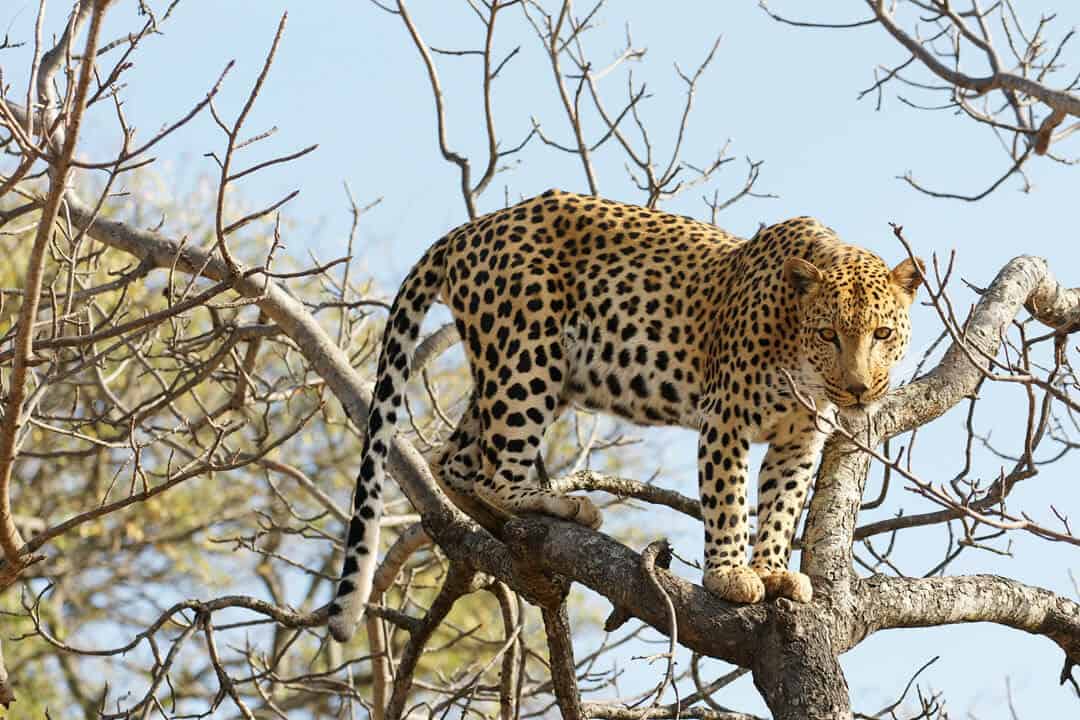


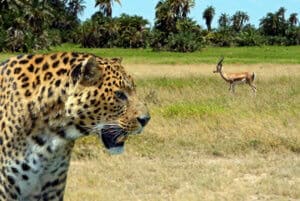




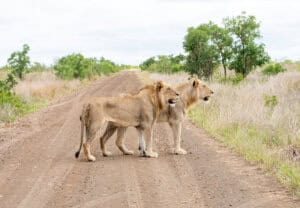



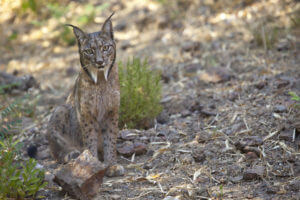




Yes, protecting animals around the world is extremely important!
You are right! It is a worldwide issue that needs attention and action.
IT IS VERY IMPORTANT TO PROTECT ALL ANIMALS AROUND THE WORLD AND HERE IN THE UNITED STATES.